When it comes to fashion shows, lighting is everything.
It’s not just about making the runway bright enough to see—the right lighting sets the mood, shapes the ambiance, and pulls the audience’s focus onto the most important thing: the fashion.
Without effective lighting, even the most stunning outfits can lose their impact, blending into the background rather than standing out.
Importance of Lighting in Fashion Shows
Lighting does more than just illuminate.
It’s a tool that transforms the entire runway experience, guiding the audience’s attention, enhancing details, and building the world that designers envision for their creations.
A carefully planned lighting setup can emphasize textures, bring out color contrasts, and add depth to each piece, showcasing every stitch and silhouette.
In fact, lighting plays such a critical role that many designers work hand-in-hand with professional lighting designers to ensure each piece is shown in its best light—quite literally!
The ambiance created by lighting also connects with the audience on an emotional level.
Whether you want to create a sense of elegance, drama, or excitement, the lighting sets the tone.
Soft, warm hues can evoke a feeling of intimacy, while cool, sharp lights might give off a modern, edgy vibe.
From subtle spotlighting that follows models down the runway to bold color washes that set a mood, lighting is a tool that impacts how every piece is perceived.
Lighting Trends in Fashion
Today’s runway lighting has evolved, pulling from both historical inspirations and the latest in lighting technology.
It’s common now to see lighting designs that not only serve a practical purpose but also add a decorative touch.
For instance, vintage-inspired lighting setups like Victorian candelabras or 1970s disco balls can add flair while enhancing the show’s theme.
Modern lighting technology, such as LED systems and projection mapping, brings unprecedented control, allowing designers to adapt the color, intensity, and even the movement of light to match each moment of the show.
This blending of history with high-tech innovation creates a unique, immersive experience for the audience, showcasing each collection in a way that feels both timeless and cutting-edge.
With these advances, lighting has become more than just a tool—it’s a creative extension of the runway, used to capture and hold the audience’s attention, all while making every look unforgettable.
Setting the Stage: Key Lighting Considerations for Fashion Shows
Every detail matters in a fashion show, and lighting is no exception.
It’s not just about setting up a few spotlights; it’s about creating a strategic lighting plan that considers the venue, budget, and even model movements.
Let’s dive into the essential factors to get runway lighting just right.
Venue and Layout
The venue is the first major consideration when planning the lighting of a fashion show.
Different spaces have unique challenges and opportunities, so understanding the layout is essential to avoid last-minute surprises.
Key factors include:
- Ceiling Height: High ceilings offer flexibility for larger, more complex lighting setups, while lower ceilings may require compact, low-heat lighting options like LEDs to avoid crowding the space or heating up the room.
- Power Sources: Many shows need significant wattage to power all the lighting equipment. Ensure the venue has sufficient power outlets or prepare extension cables and power adapters to prevent power overloads.
- Layout and Obstructions: A venue’s layout affects light positioning, so plan around any fixed structures that could obstruct beams or cause shadows on the runway. Scouting the space in advance helps create a smooth, uninterrupted lighting flow that enhances the models’ movements.
Budget and Equipment Planning
Creating the perfect lighting doesn’t mean breaking the bank.
A few smart choices can go a long way to ensure quality without overspending.
- Prioritize Essential Equipment: Invest in high-quality stage spotlights and LEDs for main lighting needs, while exploring rental options for additional effects like moving lights or projection systems. This allows for flexibility and access to top-notch equipment without a huge purchase.
- Energy-Efficient Options: LEDs are both budget-friendly and eco-conscious, reducing energy costs while delivering a versatile range of lighting options.
- Consider Rentals: Working with lighting rental companies can provide access to premium lighting options and the latest tech, like synchronized light sequences or programmable controls, which would otherwise be costly to buy outright.
Rehearsals and Testing

No fashion show lighting plan is complete without a dress rehearsal.
Testing each element in advance ensures that lights are positioned correctly, shadows are minimized, and everything aligns with the designer’s vision.
- Checking Angles and Shadows: Rehearsals allow lighting technicians to adjust the angles and light intensity to avoid casting unflattering shadows on models or clothes. Ensuring that light hits each angle beautifully lets the audience appreciate every detail.
- Intensity Adjustments: Test various lighting levels to achieve a balance that’s bright enough for clear visibility but soft enough to avoid washing out colors. This is especially important for photography and videography, where overexposure can impact image quality.
Collaborating with Model Agencies

Collaboration with model agencies can significantly enhance the impact of your lighting setup.
Since models work with certain poses and movements, model agencies can provide valuable insights into lighting angles that showcase each outfit and movement best.
- Complementing Poses: Model agencies often guide lighting designers on how to enhance model poses and features through precise lighting angles. This helps ensure each look is presented in its best light and maximizes the visual impact of the show.
- Routine Coordination: If the show includes synchronized movements or coordinated routines, the agencies’ insights can help adjust the lighting flow to follow each model seamlessly down the runway.
Lighting Essentials and Techniques for Runway Success
Creating the perfect lighting for a fashion show runway is all about balance, subtlety, and knowing when to turn up the drama.
Here are some essential techniques that bring out the best in both the fashion and models on stage.
Balanced Lighting Setup

Balanced lighting is the foundation of any successful runway.
With proper balance, the runway appears consistently lit from all angles, ensuring clear visibility for both live audiences and photographers without any overly bright or dark spots.
- Even Light Distribution: Place lighting along the entire length of the runway, ensuring there’s no light spillage onto the audience while still keeping the models fully visible.
- Avoiding Harsh Shadows: Harsh shadows can distort the appearance of clothing and draw attention away from key design elements. Use soft diffusers or LED lights to create a natural glow that enhances fabric texture without overpowering it.
Soft Spotlighting
For a runway that centers models as the main attraction, soft spotlights can add just the right amount of emphasis without stealing the show.
- Gentle Model-Focused Lighting: By following each model with a gentle spotlight, you can draw attention to the outfits while maintaining an intimate, sophisticated vibe.
- Smooth Transitions: As each model steps onto the runway, soft spotlights provide a smooth transition, keeping the focus fluid and enhancing the flow of the show.
Backlighting for Depth
Backlighting creates an ethereal effect, adding depth and a sense of dimension to the runway.
It’s especially effective for creating captivating silhouettes that make the clothing shapes stand out.
- Silhouette Enhancement: Placing lights behind models as they move down the runway emphasizes their form and accentuates the silhouette of each design, adding visual interest that’s subtle but striking.
- Avoiding Overpowering Effects: Keep backlighting at a moderate intensity to ensure it highlights without competing with the main lighting setup. This way, the audience’s focus stays on the details of each outfit.
Color Washes for Mood

Color washes are a powerful tool for setting the mood and tone of the show, allowing you to align the ambiance with the designer’s vision.
- Theme Alignment: For romantic themes, use soft pinks or warm hues to evoke an intimate feel; for an edgy, modern collection, opt for cool blues or deep purples.
- Seamless Integration: Color washes should blend seamlessly into the lighting design, creating a cohesive backdrop that complements, rather than distracts from, the fashion pieces. With the right hues, the runway transforms into an immersive space that enhances the overall aesthetic.
Exploring Lighting Styles Inspired by Historical Trends
In fashion shows, lighting can be a nod to the past while creating fresh, exciting visual elements.
Drawing on historical inspirations gives your lighting design a distinctive flair that can set your show apart, transporting the audience through different eras and styles.
Gilded Age Glamour

For an air of Victorian opulence or a Baroque-inspired elegance, consider using chandeliers, candelabras, or vintage-styled sconces along the runway.
These lighting elements bring a sense of luxury and grandeur, ideal for collections inspired by classic or high-society fashion.
- Chandelier Placement: Strategically placing chandeliers above the runway or along the sides can add a warm, romantic glow without overwhelming the stage.
- Ambient Enhancement: Candelabras set at intervals along the runway provide subtle, mood-enhancing light that adds to the mystique and class of the collection, perfect for Victorian-themed shows.
1920s Steampunk Elements

Steampunk-themed shows benefit greatly from vintage-style fixtures that bring industrial vibes to life.
From exposed light bulbs to rustic metal lamps that exude a sense of early 20th-century machinery, steampunk lighting emphasizes both style and substance.
- Industrial Fixtures: Integrate exposed bulbs, metal spotlights, and heavy-duty rigging to create a gritty, authentic industrial look. These fixtures pair perfectly with Victorian-meets-futuristic fashion.
- Rustic Overlays: Add subtle steampunk décor around light fixtures to create a rugged, cohesive look that enhances the drama and detail of the collection.
Space Age Lighting (1960s)

For a runway that reaches toward the stars, Space Age lighting from the 1960s is a fantastic choice.
With unique lighting pieces like moon lamps and soft, twinkling lights, you can give the show a dreamy, otherworldly vibe.
- Moon Lamps: Placing moon lamps above the runway brings a futuristic glow, adding a cosmic atmosphere that enhances avant-garde and space-inspired designs.
- Twinkling Lights: Strands of twinkling lights or soft spotlights add a gentle shimmer, mimicking starlight and creating a magical, uplifting feel that works beautifully with imaginative collections.
Disco Balls and Reflectors (1970s)

Disco balls are iconic for their ability to reflect light across a space, instantly creating a fun, retro vibe.
For a collection featuring metallic fabrics, sequins, or shiny textures, disco balls add that glitz and sparkle reminiscent of 1970s dance floors.
- Dynamic Reflections: Use one or more disco balls positioned above the runway to reflect light off metallic or glittery fabrics, amplifying the shine and movement of the pieces.
- Complementing Reflectors: Pair disco balls with small reflectors placed along the runway’s edges to maximize light play, creating an environment that’s energetic and vibrant—perfect for collections with bold and playful themes.
Modern and High-Tech Lighting Techniques
Today’s runway lighting goes beyond mere illumination; it’s a mix of innovation, precision, and energy efficiency that transforms the stage into a dynamic visual experience.
With modern lighting technology, designers can shape every moment, matching the show’s vibe and enhancing audience engagement.
LED and Digital Controls

LED lighting has become a runway staple due to its versatility and energy efficiency.
Unlike traditional lighting, LEDs can deliver a range of colors and intensities with the added benefit of cost-effectiveness and sustainability.
- Energy Efficiency: LEDs consume significantly less power than traditional bulbs, making them ideal for large-scale events without a hefty electricity bill.
- Precision and Control: Digital control systems allow precise adjustments in lighting intensity and color, enabling designers to switch between moods instantly. Whether it’s a warm glow for an intimate collection or cool blues for a futuristic feel, LEDs adapt effortlessly.
Dynamic Spotlights and Moving Lights

For added drama and motion, moving lights and dynamic spotlights are key players on the modern runway.
These lights create movement, adding energy to the show and keeping the audience engaged.
- Following the Models: Dynamic spotlights can follow models as they walk, drawing attention and keeping focus on the designs without needing multiple fixed lights.
- Creative Motion Effects: Moving lights allow for creative effects, from soft sweeping motions that add elegance to fast-paced strobe effects for edgier collections. They provide a cinematic quality that brings an extra layer of depth and excitement to the runway.
Projection-Mapping and Video Backdrops

Projection mapping is one of the most visually impressive techniques for fashion shows, allowing for large-scale visuals that immerse the audience in a theme.
By projecting images, videos, or patterns onto the backdrop, designers can create a setting that complements and enhances the fashion on display.
- Elevated Visual Appeal: Projection mapping is especially effective in large venues, where traditional backdrops might feel limiting. By using projected imagery, you can transform the space to reflect each collection’s inspiration, from scenic landscapes to abstract designs.
- Seamless Integration: Video backdrops offer a dynamic stage environment that evolves with the show. For instance, synchronized visuals can change with the music or lighting, creating a cohesive experience that resonates with the audience.
Choosing the Right Color Temperature and Effects
Color temperature and lighting effects play an essential role in shaping the mood and style of a fashion show.
By choosing the right tones and effects, you can complement each collection’s theme, making the fashion come alive in an unforgettable way.
Matching Color with Themes

Using color temperature that aligns with the show’s theme is a simple yet powerful way to reinforce the designer’s vision.
Here’s a quick guide to choosing color temperatures that fit various fashion themes:
- Warm Whites for Elegance: Soft, warm white tones work beautifully for classic or vintage-inspired collections. This lighting creates an intimate and sophisticated ambiance, perfect for designs with lace, soft fabrics, or elegant silhouettes.
- Cool Blues and Greens for Futuristic or Edgy Themes: Cool tones add a modern, sleek feel to the runway. Blues, greens, or even icy whites highlight avant-garde or minimalist collections, giving them an edgy, contemporary look.
- Bold Hues for Playful or Dramatic Styles: Bright reds, deep purples, or vivid oranges can make playful, bold collections pop on stage. These colors work well with thematic shows that are fun, artistic, or theatrical.
By carefully matching color temperatures to the collection’s personality, the lighting enhances each piece’s story and draws the audience further into the world of the designer.
Special Effects and Filters

To add depth and creativity, special effects like gels, gobos, and filters can bring a cohesive look that enhances the overall aesthetic of the outfits.
- Gels for Color Correction: Gels are transparent sheets placed over lights to create specific hues, making them ideal for color correction or setting a unique tone. For example, warm-toned gels soften the lighting, adding warmth to earthy collections, while cool gels add contrast to tech-inspired looks.
- Gobos for Patterns: Gobos are metal or glass stencils that fit into a spotlight to cast specific patterns, like leaves, grids, or abstract shapes. They can be used to add visual texture that complements the clothing’s theme without detracting from the models.
- Filters for Enhanced Effects: Filters offer subtle lighting enhancements, helping to adjust brightness, diffusion, or tint. This way, each outfit stands out while remaining consistent with the show’s overall look.
Outdoor and Eco-Friendly Lighting Ideas
As fashion embraces sustainability, eco-friendly lighting has become an essential part of modern runway shows.
Outdoor settings and natural light offer a green, low-impact approach, while energy-efficient lighting choices can reduce environmental impact without sacrificing style.
Natural Lighting for Virtual Shows

Outdoor settings bring natural beauty and a unique, organic feel to fashion shows, which is particularly impactful for virtual events where nature becomes a striking backdrop.
- Timing for Optimal Light: For outdoor shows, consider hosting at golden hour (early morning or late afternoon), when sunlight is softer and more flattering, enhancing colors without overpowering the models.
- Adapting to Weather Conditions: Since natural lighting can be unpredictable, plan for contingencies like portable shades or diffusers to keep lighting consistent, regardless of weather shifts. This preparation is key for maintaining quality in live-streamed events.
- Minimalistic Setup: Outdoor lighting often requires fewer artificial lights, so the focus can remain on the collection with minimal environmental impact—a perfect approach for eco-conscious brands.
Green Lighting Practices

Incorporating eco-friendly lighting practices is another way to align a fashion show with sustainable values.
LED lights, in particular, provide flexibility while reducing energy consumption, making them a smart choice for green events.
- LED Lighting for Efficiency: LEDs consume far less energy than traditional lights and offer customizable color and brightness options, making them ideal for runway lighting. Not only do they save on power, but they also last longer, reducing the need for frequent replacements.
- Solar-Powered Options: For a completely sustainable lighting setup, consider using solar-powered lights for smaller elements, like accents along the runway or background lighting. Solar options add to the eco-friendly appeal and can be a great talking point for brands focused on environmental awareness.
- Recyclable Materials: Opt for lights and equipment made with recyclable or sustainable materials. This small change can have a positive impact, showing the brand’s commitment to eco-conscious practices beyond the runway.
Optimizing Lighting for Photography and Media
With the increasing importance of digital platforms in the fashion world, optimizing lighting for photography and media is essential.
Well-planned lighting can make a difference in how collections are perceived on social media, in live streams, and through virtual reality (VR) shows, ensuring every detail shines in the best possible light.
Lighting Placement for Photography

In fashion photography, lighting placement can make or break an image.
Strategically placed lighting ensures that the models and outfits are captured with accuracy, free from washout or unwanted color shifts.
- Avoiding Overexposure: Placing lights at controlled distances from the runway prevents over-brightness, which can wash out details and distort the colors of outfits.
- Reducing Shadows: Using diffused lighting or carefully positioned soft lights helps reduce harsh shadows, capturing the textures, fabrics, and subtle design elements accurately. This setup is crucial for high-quality photos that allow viewers to fully appreciate the collection.
- Multi-Angle Coverage: To ensure every angle is covered, consider placing lights along the runway’s sides or using adjustable spotlights. This technique enhances visibility and provides photographers with the flexibility to capture shots from various perspectives without compromising on lighting quality.
Lighting Control for Social Media

For fashion shows reaching audiences through live streaming, social media, or VR, consistent lighting is key to delivering a professional and engaging experience.
- Maintaining Consistency: In live-streamed shows, fluctuating lighting can be distracting. Using programmable LEDs or digital controls keeps light levels steady, ensuring the show appears cohesive and well-coordinated from start to finish.
- Social Media-Ready Visuals: Since platforms like Instagram, TikTok, and YouTube play a huge role in fashion marketing, make sure lighting is optimized for mobile screens. Soft, balanced lighting avoids over-saturation or under-exposure, keeping each image or video clear and visually appealing across devices.
- VR Compatibility: For VR or 360-degree shows, lighting should cover the entire runway and audience view without creating hotspots or dim areas. This requires even distribution and adjustable intensity to adapt lighting as models move through the virtual space, giving online viewers a fully immersive experience.
FAQs: Fashion Show Lighting
Why is lighting so important for fashion shows?
Lighting sets the mood and atmosphere of a fashion show, helping to showcase designs in their best form. Good lighting enhances textures, colors, and details, ensuring that every outfit looks captivating to both live audiences and photographers. Without proper lighting, even the most stunning fashion pieces can lose impact.
What type of lighting is best for a fashion runway?
LED lights are highly recommended for their versatility, energy efficiency, and ability to control color and intensity. Ellipsoidal and soft spotlights are also popular for following models without casting harsh shadows, while dynamic lights add movement and enhance visual interest.
How can I create eco-friendly lighting for a fashion show?
You can use LED lights for energy efficiency and longevity, reducing power consumption. For outdoor or daytime events, natural lighting can create a beautiful effect without the need for artificial lights. Additionally, consider using solar-powered lighting for smaller accents and recyclable materials in your lighting setup.
What lighting techniques work best for photography?
Balanced and evenly distributed lighting is key to high-quality runway photos. Soft lighting prevents harsh shadows, while carefully positioned lights avoid overexposure. It’s also important to ensure that lights cover every angle, allowing photographers flexibility to capture shots without color distortion or washout.
How can lighting enhance a fashion show’s theme?
Using color temperature and effects like gels, gobos, or projection mapping allows you to create a look that aligns with the designer’s vision. Warm whites evoke elegance, while cool hues or bold colors add an edgy feel. Themed lighting effects add depth, making the runway a visual extension of the collection’s style.
Conclusion
In a fashion show, lighting goes beyond visibility; it’s essential to setting the mood, enhancing the designs, and creating memorable experiences.
With techniques from historical inspirations to high-tech innovations, the right lighting makes every detail shine.
Ready to elevate your runway?
Apply these expert lighting techniques to bring out the full potential of your fashion show, impressing audiences and capturing unforgettable moments.


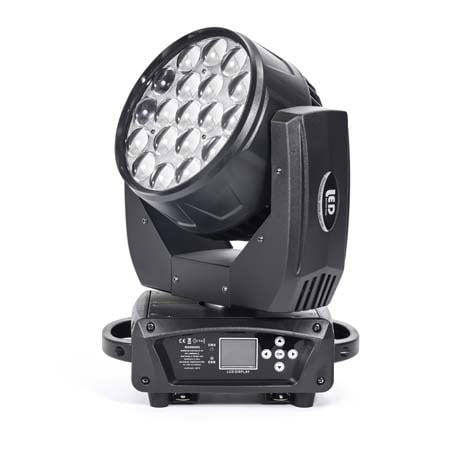





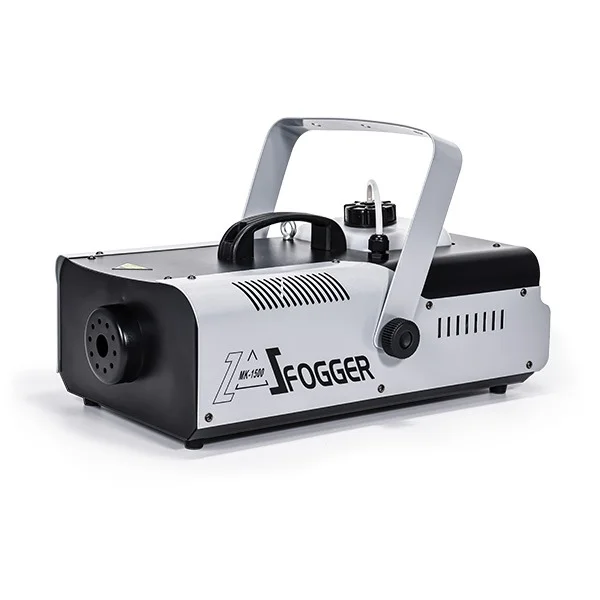
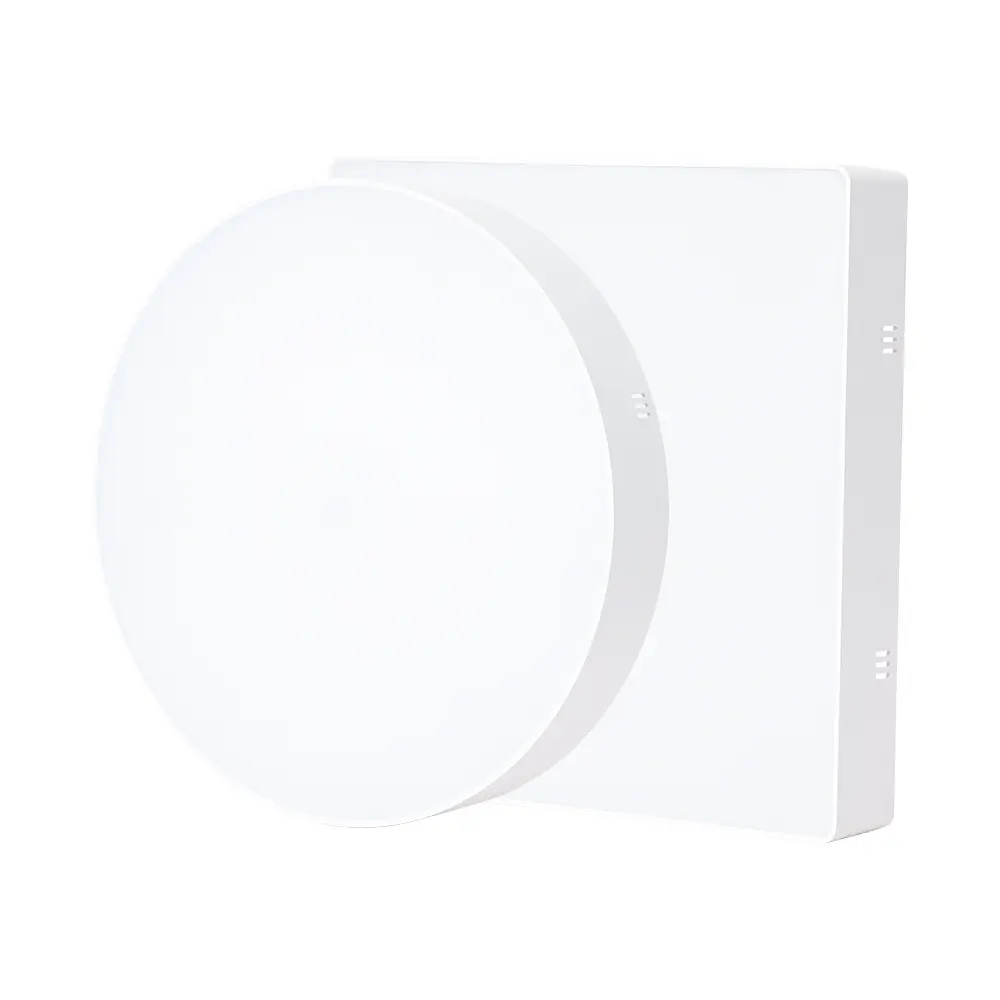

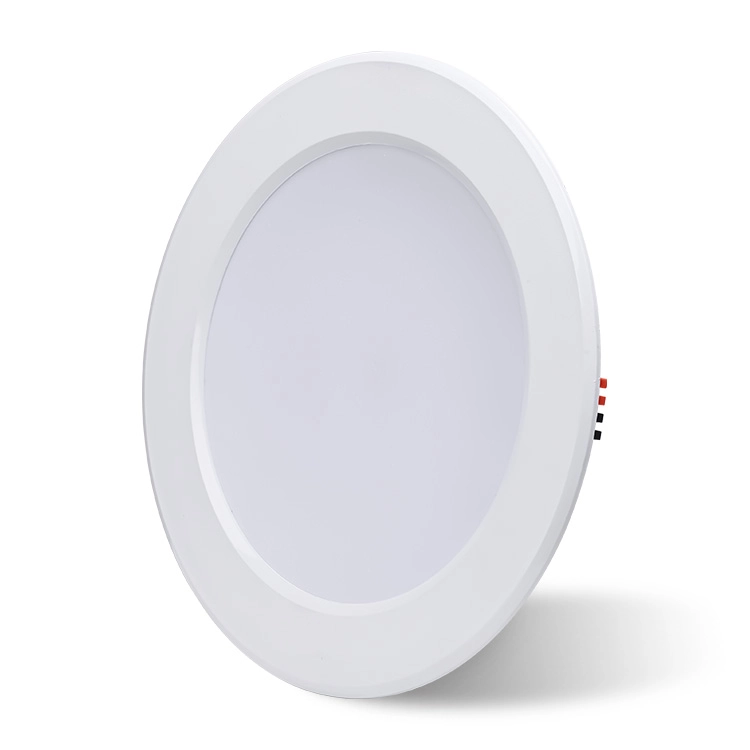
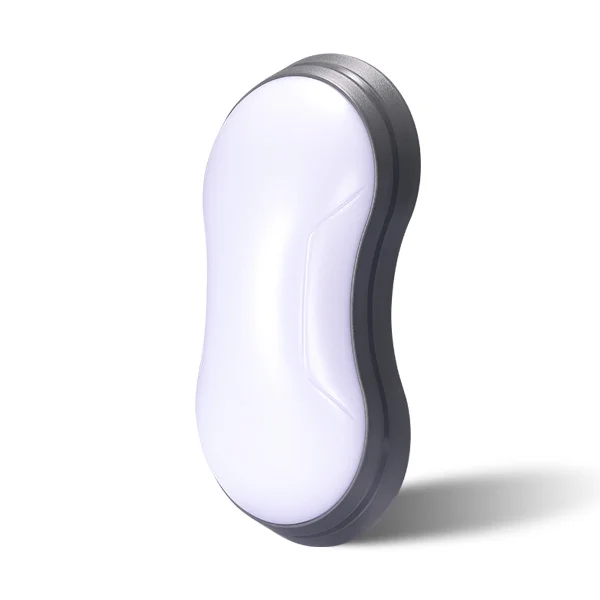

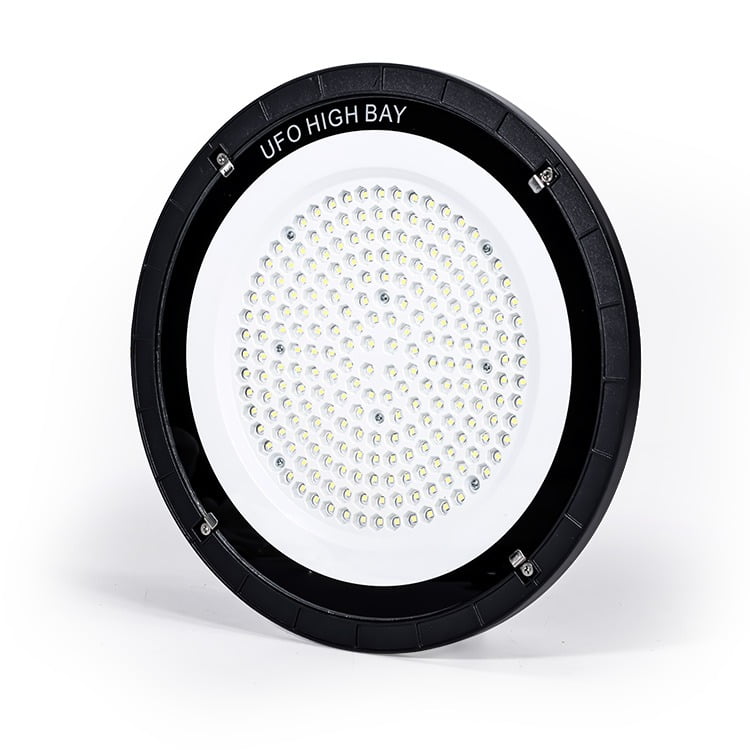
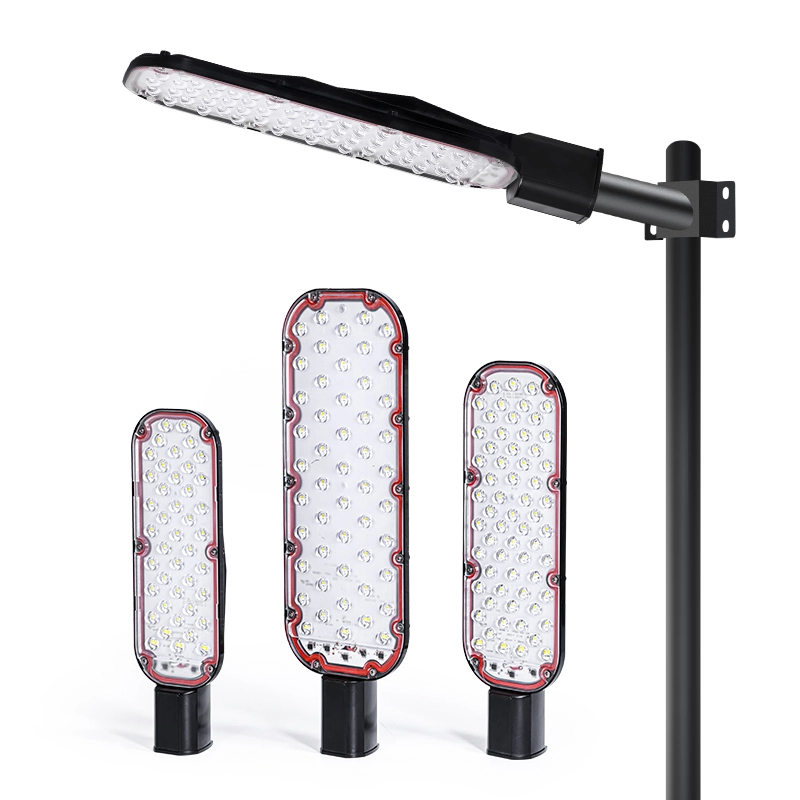

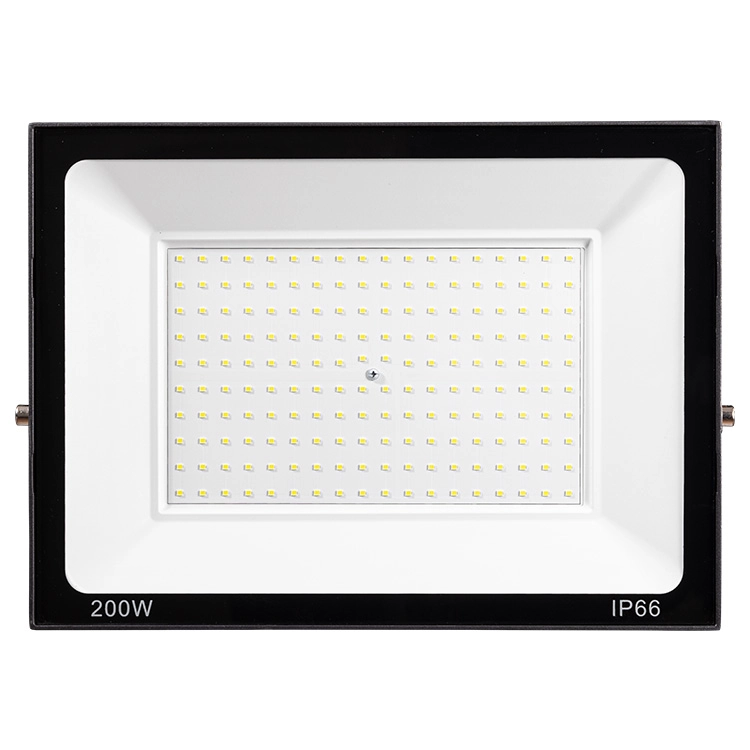
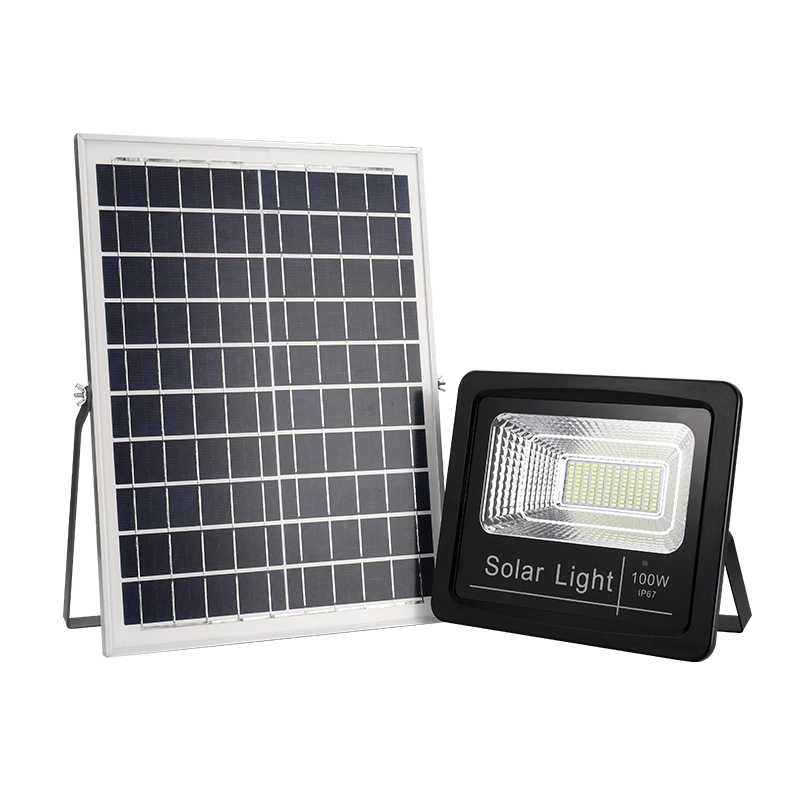




![led design ideas - 17 LED Design Ideas to Transform Your Home [February 2025] - Vorlane led design ideas - 17 LED Design Ideas to Transform Your Home [February 2025] - Vorlane](https://vorlane.com/wp-content/uploads/2025/01/led-design-ideas.webp)
![outdoor lighting ideas - 20 Brilliant Outdoor Lighting Ideas: Transform Yard [2025] - Vorlane outdoor lighting ideas - 20 Brilliant Outdoor Lighting Ideas: Transform Yard [2025] - Vorlane](https://vorlane.com/wp-content/uploads/2025/02/outdoor-lighting-ideas.jpg)
![disadvantages of led lights - Disadvantages of LED Lighting: Reveal Cost, Real Risk [2025] - Vorlane disadvantages of led lights - Disadvantages of LED Lighting: Reveal Cost, Real Risk [2025] - Vorlane](https://vorlane.com/wp-content/uploads/2025/01/disadvantages-of-led-lights.webp)
![Best LED Lights for Home - Best LED Lights for Home: Top Choices [2025] - Vorlane Best LED Lights for Home - Best LED Lights for Home: Top Choices [2025] - Vorlane](https://vorlane.com/wp-content/uploads/2025/01/Best-LED-Lights-for-Home.webp)
![beam angle calculator - Beam Angle Calculator – Simplify Lighting Calculations [2025] - Vorlane beam angle calculator - Beam Angle Calculator – Simplify Lighting Calculations [2025] - Vorlane](https://vorlane.com/wp-content/uploads/2025/01/beam-angle-calculator.webp)
![COB Light vs Panel Light - COB Light vs Panel Light: Understanding the Differences [2025 ] - Vorlane COB Light vs Panel Light - COB Light vs Panel Light: Understanding the Differences [2025 ] - Vorlane](https://vorlane.com/wp-content/uploads/2025/01/COB-Light-vs-Panel-Light.jpg)

![vorlane logo 2:1 for consent banner - Essential Fashion Show Lighting Ideas [February 2025] - Vorlane vorlane logo 2:1 for consent banner - Essential Fashion Show Lighting Ideas [February 2025] - Vorlane](https://vorlane.com/wp-content/uploads/2024/05/vorlane-logo-2_1-350x100.webp)